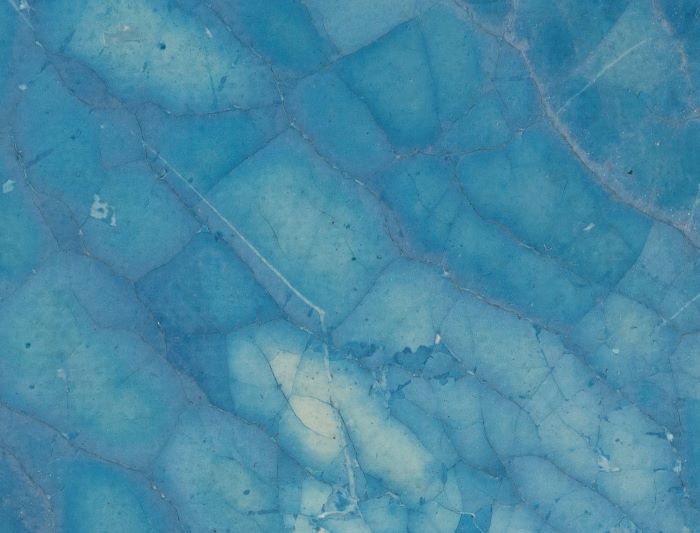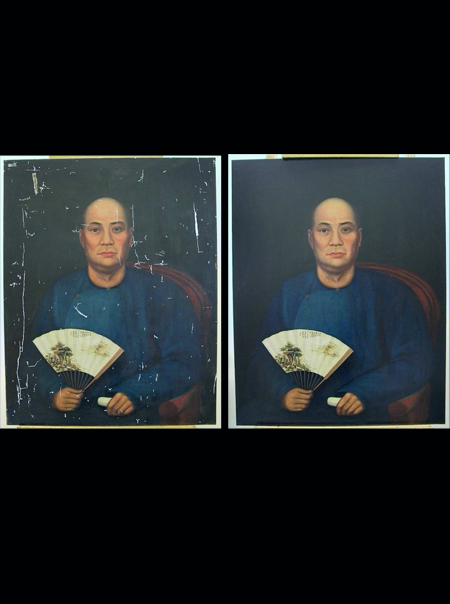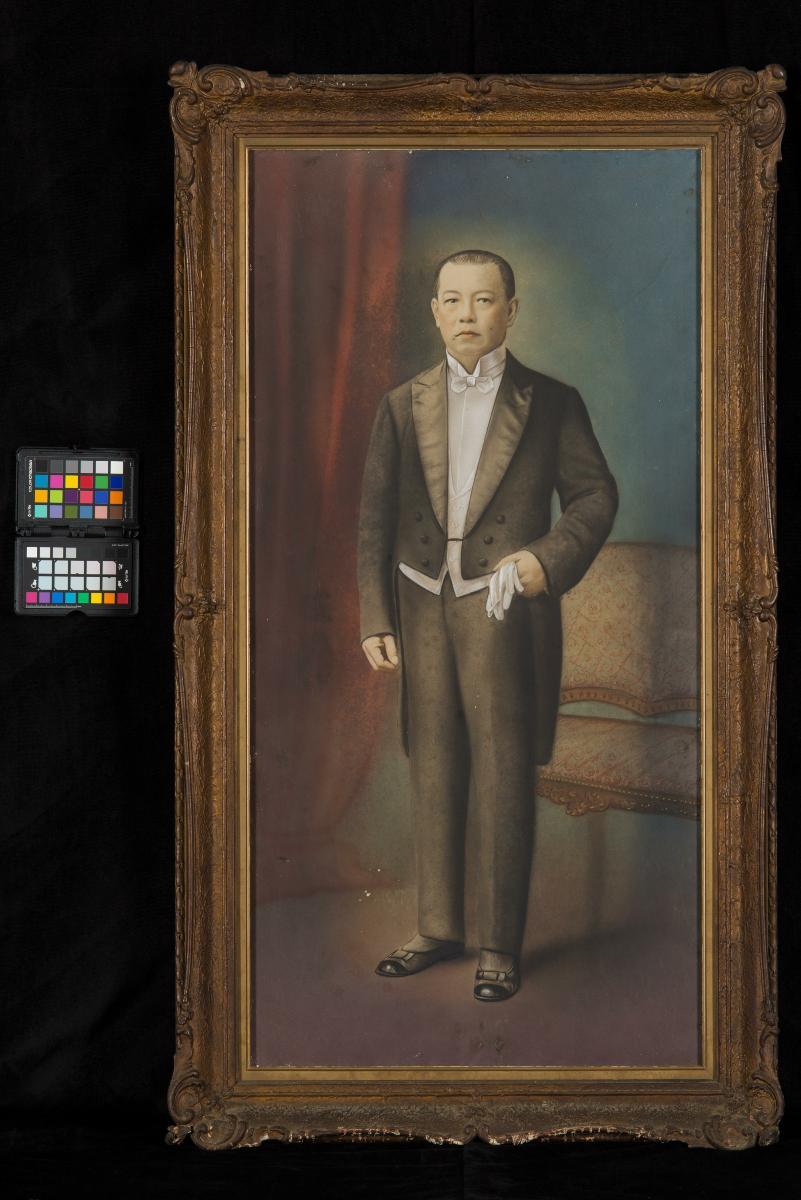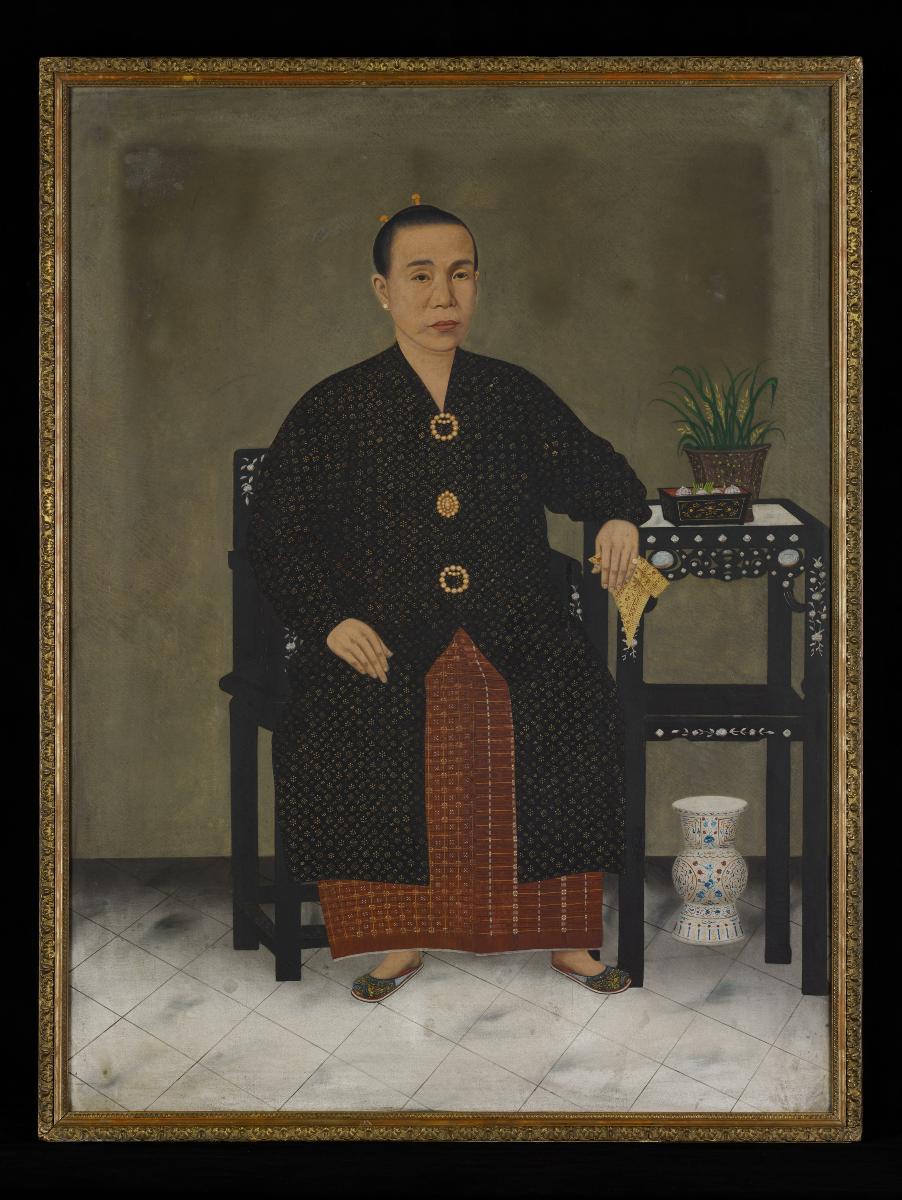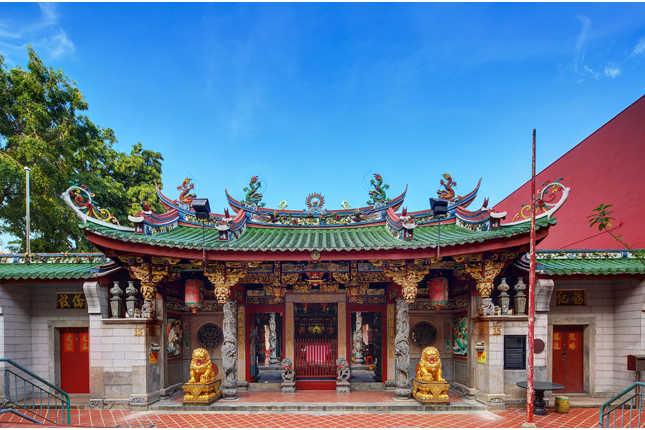Insoluble and stable crusts, haze, efflorescence formed on paintings can be aesthetically disturbing that pose challenges to conservation treatment. Our research highlights the investigation of different types of haze developed on a zinc white oil-based easel painting "Portrait of Mr Tan Beng Wan", from the Peranakan collection, a high value collection housed at the Heritage Conservation Centre of Singapore. Using a combination of digital microscope, FTIR microscopy with imaging and SEM-EDS, different types of surface efflorescence were identified, composing of hydroxy chlorides, sulphates and/or oxalates. SEM images of the efflorescence displayed unique geometrical structure and size. Even in painted surfaces that appeared visually unaltered, metal carboxylates were detected. Additionally, in painted surfaces rich in zinc white, the formation of carbonates was prominent. In the paint cross-sections sampled, zinc soap aggregates were observed across all layers, from surface paint to the ground.
The haze was mainly concentrated at the paint surface, while deeper layers were dominated by zinc carboxylates. 3D surface topography and measurement of shallow paint losses, fine cracks and thin haze were examined. Such degradation compounds were considered to have developed from framing condition, atmospheric pollution and the choice of artist materials. These findings have significant implications to conservation treatment.
Download the publication here.
Texts by: Lynn Chua and Irene Dominguez




